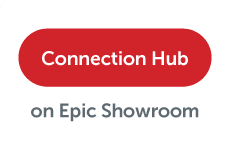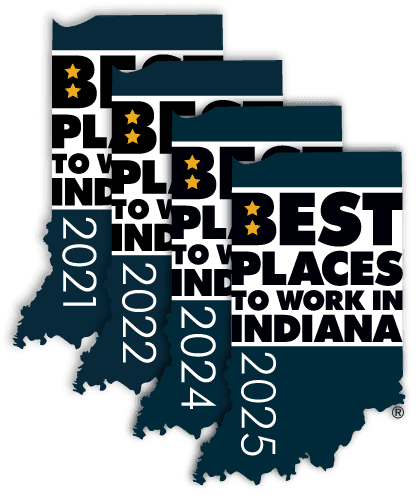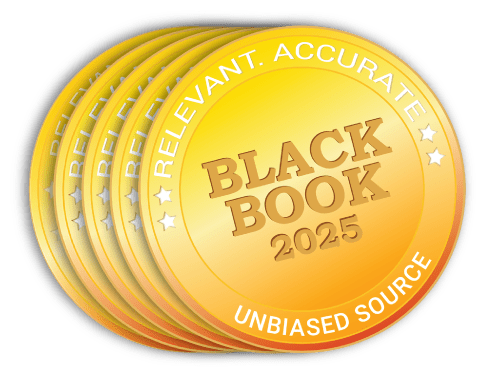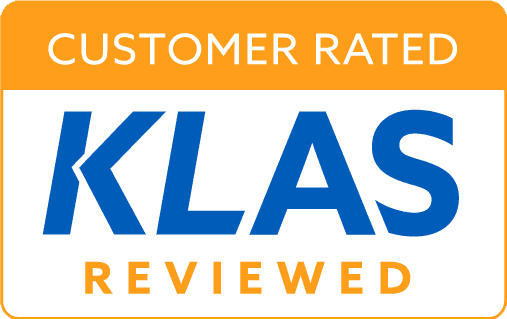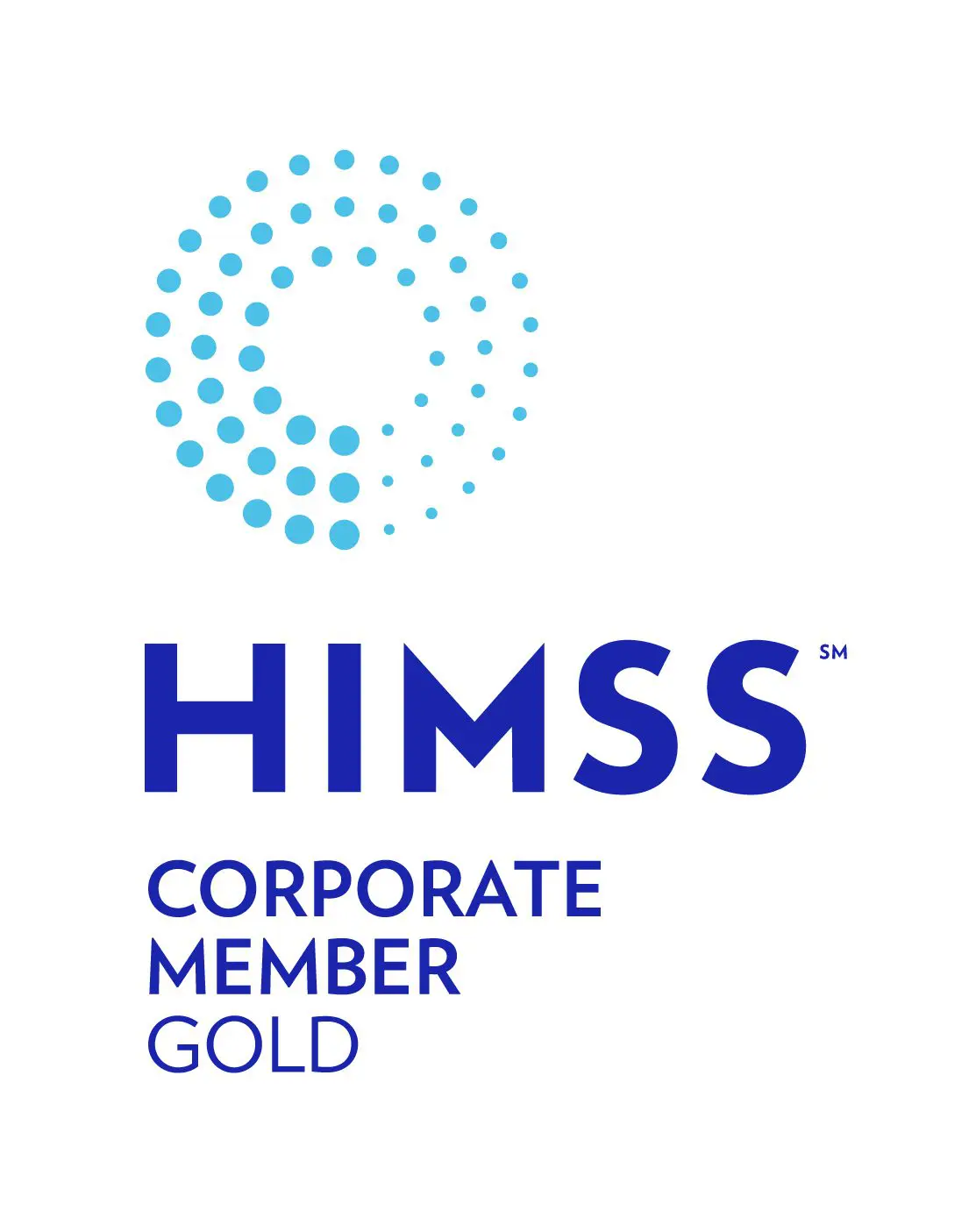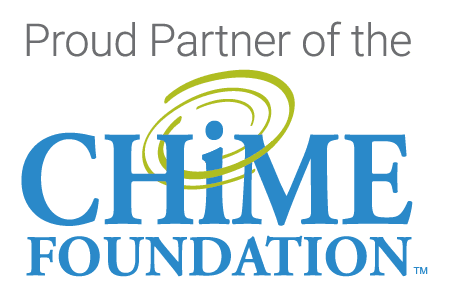
About half of middle market healthcare executives plan to merge or acquire other organizations in 2018, according to a survey by Capital One Healthcare. Keeping with the upward trend from the past several years, healthcare in general has started the year with the biggest bang in the past 12 years as reported by Bloomberg.
The ongoing pressure to reduce prices is often the driver to pick up volume and market penetration by being part of a larger group which offers better reimbursement rates. There also is a growing interest in broadening the scope of care offered within one health system. Read more here.
The Goal
With this broad market consolidation, there is a focus on creating a single patient chart. There are clearly benefits in terms of patient care, but the reality is that there are numerous IT hurdles to connect the go-forward EHR with the legacy medical record to give the user the seamless opportunity to access a complete patient narrative.
The Hurdles
The biggest issue in trying to consolidate data from a health system into a single legacy patient record is that there is data in a variety of database formats (i.e., DB2, Cache, MUMPS, Cobol, AS/400, etc.) across numerous systems. In those systems, various file types (i.e., jpg, tiff, pdf, rtf, etc.) also exist. Once the variety becomes manageable, there are the challenges associated with data matching and mapping. Reconciliation of the master patient index, medications, problems, allergies, etc. must all be tediously and carefully addressed and validated.
The Difference
While these legacy data management hurdles are cleared routinely at Harmony Healthcare IT, as a company that embraces LEAN methodologies, we stepped back and asked ourselves whether there was a better way. We challenged ourselves to solve a bigger issue of making the data readily and easily available where it’s needed, when it’s needed and how it’s needed.

So, we developed a Four Step Data Availability Plan:
- Extract. This entails getting the data out of the legacy EHR or ERP systems. This is often where the hard work happens, depending on whether the system is remote-hosted, if the database is encrypted or a host of other potential issues for unlocking the data from the application. We don’t leave this work for the client to do themselves or for the client to request of the legacy vendor. When it comes to data extraction at Harmony Healthcare IT, we take the lead and we get the data.
- Transform. Once the data is extracted, it must be transformed and loaded into a new repository. This is where our tool, Health Data Transformer, comes into play. It allows us to make the ETL process more efficient. It also minimizes the level of transformation needed to reduce the opportunity for data corruption
- Archive. Next up is long-term, HIPAA-compliant data storage that will meet medical record retention requirements over time. Considering the vast amounts and variety of data types being stored, the archive must be flexible. This is where Health Data Archiver excels. We store data, no matter where it came from, as close to the native format in which it came – as discrete data, images or scanned documents. We also build in workflows for the various user types, from HIM or clinical to legal, revenue cycle management or Human Resources.
- Enable. The most exciting and differentiating of the four steps is enablement. This is what allows the data to be available and actionable through interoperability. That might include making the legacy data readily accessible from within the current EHR through Active Directory Single Sign On (SSO), or, pushing the data out in a variety of formats (JSON, CCD, CDA, HL7, CSV, and more) for use in population health, research or health information exchange. The options for tapping into the legacy data are endless, including, perhaps, on-demand ADT queries or other creative options that work at a particular site.
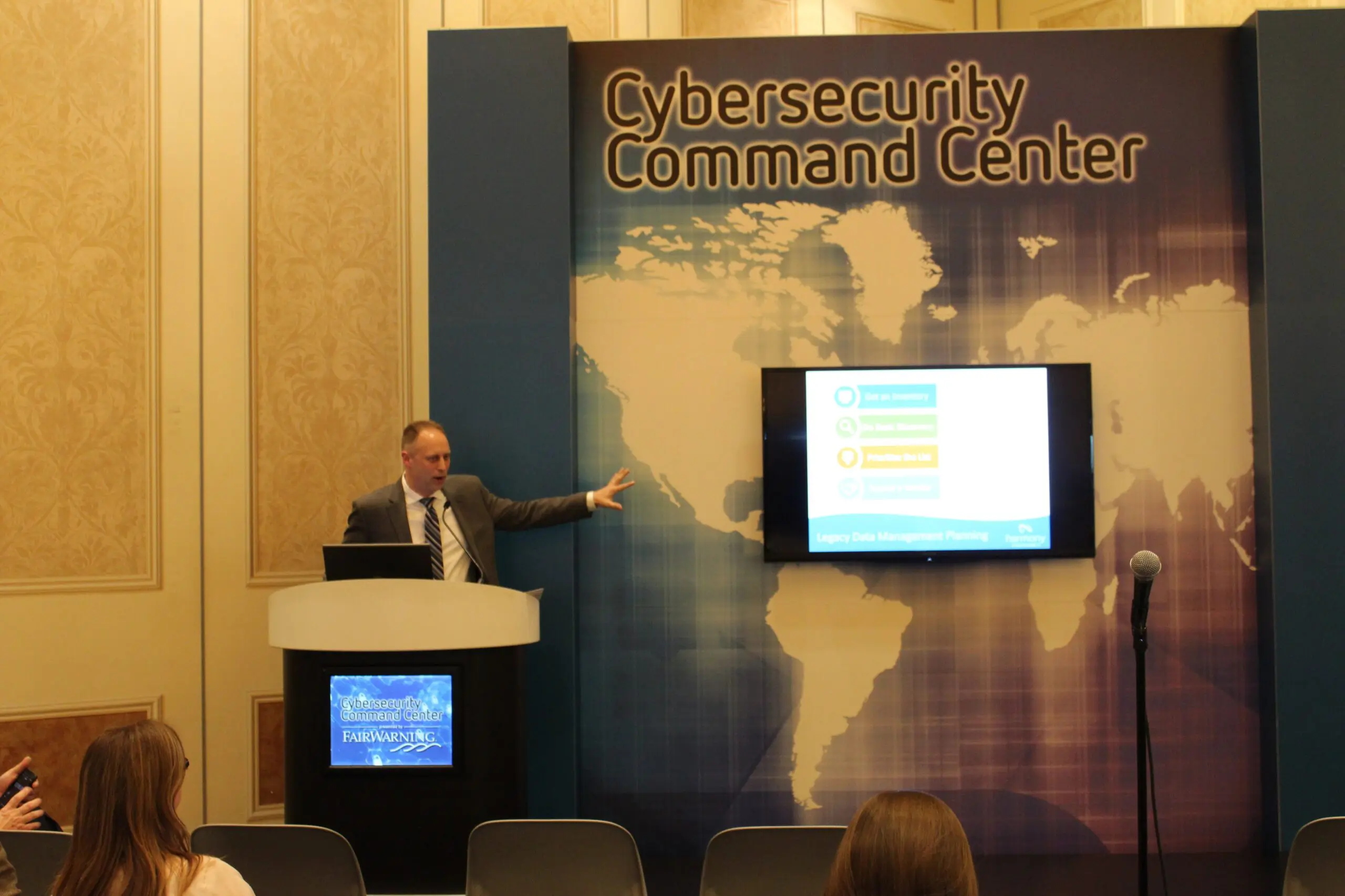
Legacy Data Availability and Accessibility
There is not a one size fits all answer for legacy data availability, but Health Data Archiver offers the flexibility necessary and ensures critical health data is available when, where, and how it is needed. This improves work flows, provides accurate data for patient care and supports efficient find-ability of records. There are numerous features to Health Data Archiver that support the instant accessibility of patient or employee records for a healthcare organization. Learn more here.
Getting Started
Is your organization in merger and acquisition mode? Are there multiple legacy EHR or ERP systems in your IT portfolio that must be addressed and consolidated to save on maintenance costs, reduce technical risk and comply with medical record retention requirements?
Our team can help with a data availability plan for your legacy systems.
Editor’s Note: This blog contains content from an earlier blog post from February 28, 2017
